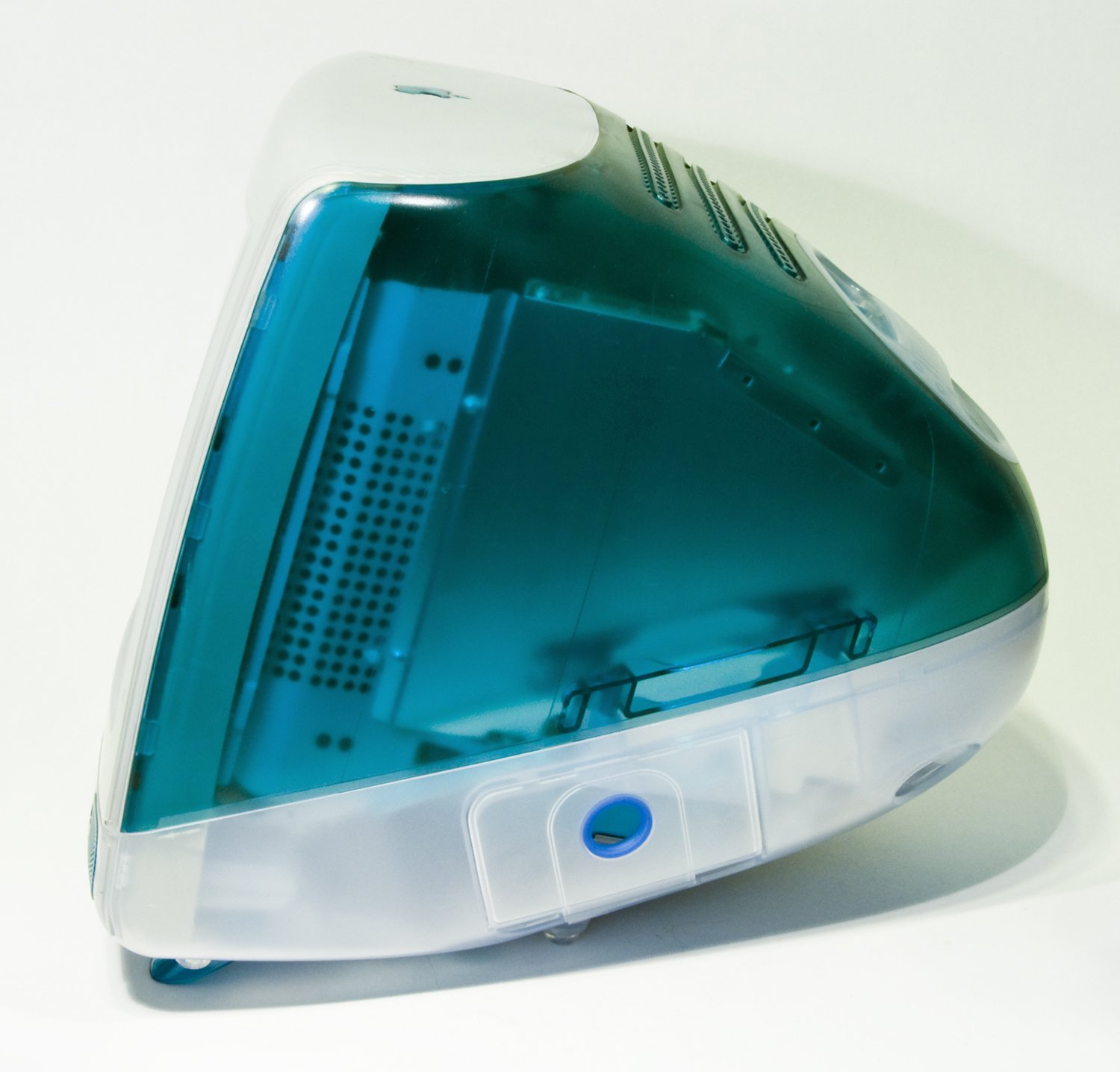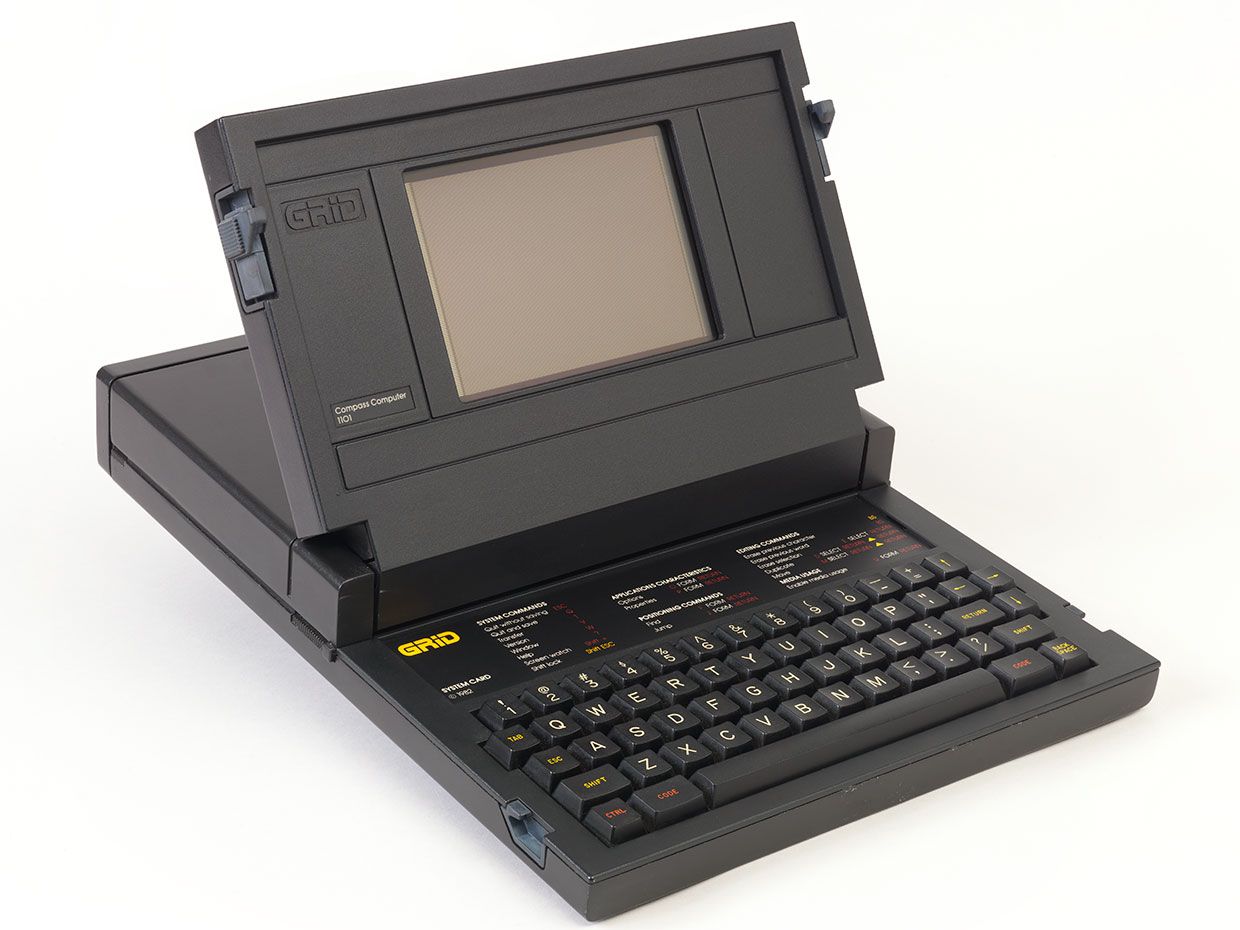When metaphors met the mind
Human minds are instinctive. What more, they can draw insights from one experience, stored ready as a reference for some other moments coming up. On a sultry day, your mind kicks in to switch on the fan or air conditioner so you can alleviate the heat. This behavior was transformed into a lesson for some other application as well—the cooling of machines. Fan was considered as an outlet for the flow of air such that humans were able to visualize how these fans can not only help cope up with the heat inside a room, but also within appliances and devices. Hence came in cooling pads for laptops, built-in fans within systems, air conditioning for server rooms, and so on.
Well, this is just one grain in the bowl. Thinking back, we humans have applied certain learnings through observation into visualizing a lot many things of futuristic significance. The heydays of metaphor! For linguistic fanatics, this word ain’t new—it’s the figure of speech that has the ability to point to something while literally meaning another thing—both sharing the same essence. Through the etymological journey, the word ‘metaphor’ by itself has traveled through relatable meanings—from 16th century French ‘métaphore’ to Latin’s ‘metaphora’, finally bringing out the crux for ‘carrying over.’ The human mind is a living example of metaphors—carrying over the implications and factual knowledge of something and producing radical outcomes such as new ideas, inventions, and occasions.
Put simply, the mind has the power to indulge you into alternative thinking, if you can acknowledge and take notice of things that impact on you. Hard to believe? Most of the complex and enjoyable innovations of today are a result of everyday metaphors that some minds were able to capture and project. Not just with products or mechanisms, this kind of a metaphorical thinking can help boost your thought-process, showing its way into effectual writing, reading, cooking, and a lot others. So if you think it’s only about building products, think broader—everything is about building experiences, and metaphors guide us in this path.
There’s a saying that goes, “what works for you may not work for someone else.” Well, this certainly holds true in some cases, but most often, a twist to this adage is what metaphorical experiences are. Yes, what works for you at one thing can in turn have undiscovered applications in ten other things, which may impact on the lives of many others. Steve Jobs is known for his idiosyncratic behaviors, but this is one interesting life lesson he learned as a youngster would help him later build the iconic Macintosh. A young Jobs with the father Jobs was busy fencing in the backyard of their house in Mountain View, when the father said,
“You’ve got to make the back of the fence, that nobody will see, just as good looking as the front of the fence.”
Great, definitely a good lesson for tidying up backyards, but did it stay only there? Jobs’ attention to detail to his father’s advice caught him at the right time when the Apple team was working on the circuit boards for Macintosh. Just because the inside of the computer was unseen, it doesn’t mean it has to remain cluttered. Jobs ensured the arrangement inside was just as stellar as outside, and ended up engraving on the board the signatures of the early engineers who worked on the product. How cool! Even the famous Bondi blue iMac’s back-casing relied completely on this fencing lesson—never leave the back of the machine clumsy with wiring running haphazard, just exactly like how every other computer company had it then. iMac’s design (by Jonathan Ive) was entirely based on a translucent Bondi blue back-casing, that shows the intricate wiring and circuit boards, still in an elegant manner. Fencing experience met computing finally.

Humans consciously and subconsciously do a lot of actions, thanks to the mental models that get formed with every experiential journey we go through. And, these mental models are activated and presented not just when the same action happens again, but also when a parallel, relevant behavior is noted. It’s not what humans do, but what drives them to take the action, and how that gets carried over to similar instances. In a recent book I read, Cliff Kuang goes on to explain the early history of the first foldable computer aka today’s ubiquitous laptops. Bill Moggridge, one of the founding members of the renowned design firm IDEO was tasked with the job of designing the then first model of portable computer. Moggridge is said to have walked around always, carrying the individual heavy computer parts on this briefcase, and trying to assemble in multiple ways only to be disappointed with the overall structure and the non-lightweight prototype he ended with. When he was figuring out on what could be a best way to bring in the ‘portableness’ to this humongous setup, he glanced at the briefcase that he used to carry—the opening and closing and the easy pickup-and-drop. Tada! Came the idea for GRiD Compass, the first-ever laptop, with foldable clamshell mechanism that was imprinted already in our minds, thanks to our briefcases. An excellent example of metaphor, right?

Most of the metaphors aren’t specially quoted or raved about until people get to catch them in action personally. In one of my previous articles about psychological nudges in products, I’d have discussed how Kindle preserved the look, feel, and mechanism of an actual paperback—predominantly the reason for many bibliophiles to try it out in the first place. In fact, people could appreciate this metaphor-to-real-book only when they subconsciously turned the page or even looked at the electronic ink technology that gave a paper-like screen.
Tech apart, this metaphorical take when applied to our personal thinking helps in appreciating, learning in depth about occurrences, bringing clarity to thoughts, and portraying experiences. Exactly why we appreciate Wordsworth’s poems and Ruskin Bond’s stories—they bring nature to life with their metaphorical comparison to everyday lives.
So how do these metaphors exist and how do we tap into them? Even so, how do metaphors help us in the longer run?
Pause and rethink
The least appreciated action is ‘pause’ because it always tends to carry a negative connotation to it. But, occasional pausing or slowing down of our mental processing can help see even lacklustre events with logic (well, exceptions definitely included). This essay is a testament to rethinking that comes after a brief pausing—my points on how human minds can connect occurrences remained as a synopsis, and my recent reading stint helped me take notice of the ‘laptop’ story. Repeated thinking of that helped me understand how what I jotted down a few weeks earlier in the synopsis matched with the concept of using experiential cues for finding something. ‘A step back and reflect’ is a self-talk I’ve been pulling myself to, week after week.
Observe and document
Our memory takes in what it wants and leaves out the rest—such a sponge-like attitude! Well, health-wise, this partial intake of our brain is what saves us from cognitive overload and a bevy of other neural mishaps. So, how else to retain and refer only the ones that make sense to us, especially when we don’t even know to identify them in the first place? This is where documentation and observation play a role. It’s hard, but becomes a rewarding habit, when gradually adopted.
Most technologists and creators document their findings and lessons (recount the number of playbooks we’d have come across) which has in turn coined ‘extended memory’ as a catchphrase. But, simple logic is like how you repeat the grocery list as a kid when you want to remember—just that the repeat is now going to happen in either paper-pen or digital notes. One (funny) example of this is how I ended up thinking about product building and teamwork when I was watching the Brooklyn Nine-Nine series. I was so engrossed with the characters that I started seeing traces of identical behaviors with product teams. I started noting down my take on the way each character could contribute from a product sense, and finally managed to pull in these notes many days later as an article.
In most cases, these documentation notes end up being the product summary, brand story, books, and much bigger things. Just as how Kevin Systrom’s photo-tour with Holga camera helped him see the connection between digital filters and chemical development of polaroid photos (hence birthing Instagram later), metaphorical instances are just about everywhere. Observing them is all we need to do which is the tough one of the lot.

These ties inside our brain are like wired-in tags—to think about it, the more time we spend to cultivate the tags, the better connection and results would occur. So, think it’s time to make a pact with our minds metaphorically? Let’s hope!

